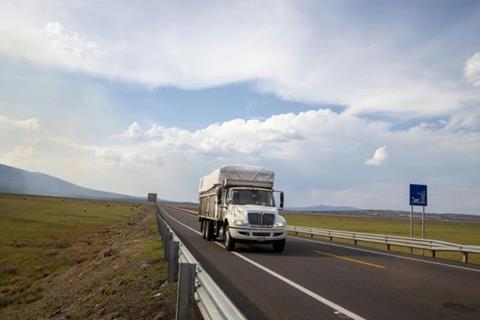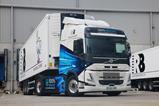The Australian Government has allocated a $3 million grant to support the adoption of electric heavy vehicles in the country. Led by Swinburne University of Technology, the project aims to integrate dynamic wireless charging technology into roads, allowing trucks and buses to charge wirelessly while on the move.

This initiative, a global first, aims to address the crucial challenge of ensuring electric heavy vehicles have sufficient charge, particularly when carrying heavy loads or covering long distances. By implementing dynamic wireless charging systems into road infrastructure, the project envisions a transformative shift in the heavy vehicle industry, fostering a more sustainable transportation ecosystem.
“By seamlessly integrating dynamic wireless charging systems into our road infrastructure, we are setting the stage for a transformation in the heavy vehicle industry,” said Leader of the project and New Energy Technology Research Group Professor Mehdi Seyedmahmoudian. “This collaborative effort is a perfect example of our shared vision for a sustainable transportation ecosystem that can significantly reduce our environmental footprint.”
Funded through the Australian Government’s Cooperative Research Centres Projects (CRC-P) Grants scheme, the $8.2 million prototype aims to embed advanced wireless charging infrastructure on regional roads. The project brings together a consortium of partners, including ACE Infrastructure, SEA Electric, Fleet Plant Hire, Royal Melbourne Institute of Technology, Siemens, ARRB Group, and Net Zero Stack.
Years of rigorous research conducted by Swinburne’s New Energy Technologies Research Group, alongside esteemed Chief Investigators Distinguished Professor Saad Mekhilef and Professor Alex Stojcevski, have laid the groundwork for this groundbreaking endeavor.
Professor Stojcevski says this project will bridge the gap between research and the real world. “We are thrilled to be providing a platform for researchers to collaborate with leading industry partners and contribute to real-world solutions in the development of sustainable and innovative energy solutions for the future of transportation.”


















